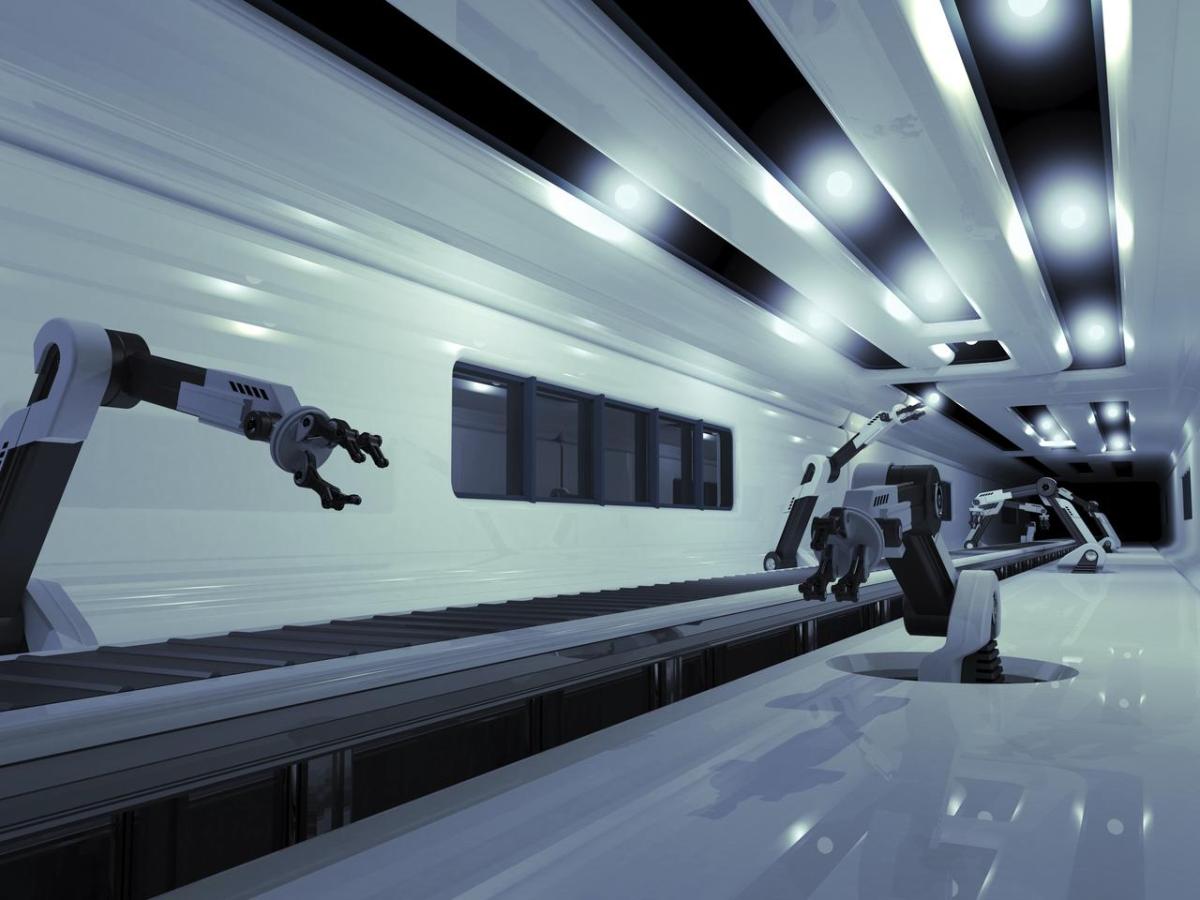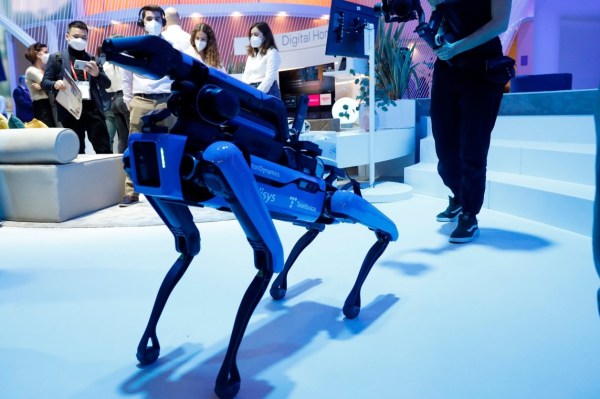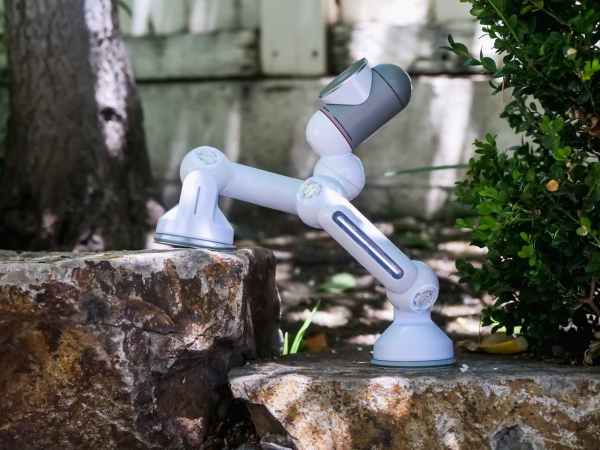The advent of further innovations is driving the development of a new generation of robots, with skills that are constantly increasing. Although robots don’t yet have the same capabilities and skills as human beings, there are now some examples of artificially intelligent robots that exemplify the breakthroughs in this area.
How do artificially intelligent robots work?
Smart robots have AI algorithms integrated into them, enabling them to work on their own after a previous phase of training or automatic learning. This technology is also known as machine learning, thanks to which the robot learns and reacts and is able to reason mechanically.
Although, generally speaking, robots don’t have artificial intelligence, the robotics industry is gradually incorporating certain AI processes into them to increase their autonomy.
History of the first intelligent robot
In 2016, engineer David Hanson developed the first robot with a brain made up of AI algorithms called Shopia. Thanks to this technology, a robot can have conversations with people and generate facial expressions.
Shopia’s brain is segmented into three configurations. Firstly, it has a platform to search for data and a system capable of processing them. It also has a speech system that’s required to announce all the processed data. Finally, it incorporates a tool that analyses the environment, in order to adapt to the place where it works and issue a response appropriate to the processed context.
Shopia was created with the aim of helping specific sectors such as science, medicine and education. However, its current function is more recreational, as it’s used for talks and entertainment.
Leading examples of intelligent robots
The advent of Shopia gave way to numerous robotic creations with AI, including:
AMECA
Developed by the Engineered Arts robotics company. This intelligent robot can move, converse and even express a wide range of emotions, ranging from happiness to anger. One of its most significant features is that it can make very realistic and emotionally charged facial gestures.
Its software is called Tritium and it’s made up of Artificial Intelligence algorithms capable of identifying behavioural patterns and making predictions. Although it’s designed with artificial limbs connected to the latest technology, its lower half is currently non-functional. For this reason it can’t move autonomously.
Spot
Spot is a dog-like intelligent robot designed by the US Boston Dynamics company. After years of research, the company put it on sale in June 2020 in the USA for 74, 500 dollars.
Spot’s brain is made up of AI algorithms and it’s capable of working autonomously, detecting and even predicting problems and resolving highly complex questions. It’s programmed to communicate seamlessly by using natural language. Thanks to the different technological integrations that it incorporates, it can analyse large amounts of information, thus providing additional security against accidents in logistical contexts.
Atlas
Atlas, also created by Boston Dynamics, is regarded as the world’s most agile and coordinated intelligent robot. Its software gives it full control over its legs and arms, so it can run and jump over surfaces, a task impossible for humans.
It has four electronic limbs made of aluminium and titanium with which it can pick up and throw heavy objects. It can also dance, detect complex spaces, grasp things and keep its balance while carrying objects.
AInstein
AInstein is an educational project created by secondary school students in Cyprus, with the aid of ChatGPT artificial intelligence. Its main aim is to improve the educational experience in classrooms, as it can interact with the students and teachers, tell jokes, try to speak different languages and offer advice on how to approach the teaching.
The students who worked on the development of AInstein decided to give it a very particular appearance, as it resembles the famous Michelin Man and its screen simulates a human face. These students have learnt to interact with technology in a collaborative manner and demonstrated that the arrival of intelligent robots in the classroom can bring important educational benefits.
PALM-E
PALM-E Google has developed this tool with AI programmed upon the basis of multimodal visual language. It’s chiefly characterised by over 562,000 million parameters that integrate vision and automated language and it has an automated arm enabling it to generate action plans, a feature that sets it apart from the others.
The technological company’s developers claim that PALM-E has advanced reasoning capabilities, giving it the ability to analyse the sequences of visual and audio information that it receives. In this respect, it makes predictions and gradually learns more and more about the different tasks assigned to it. Google’s goal is to incorporate this intelligent robot into everyday contexts, including the industrial sector and home automation.












